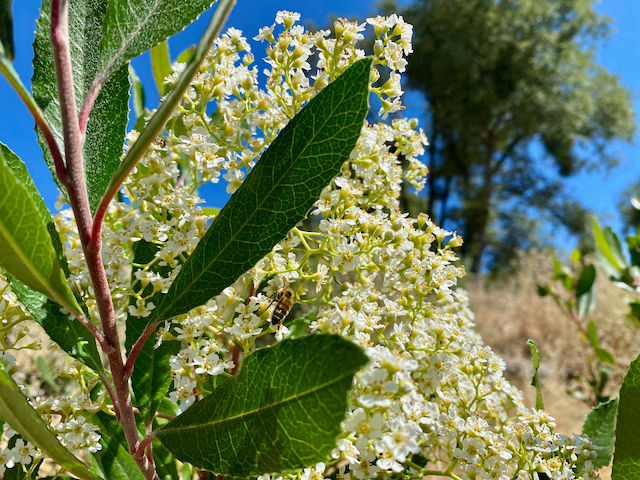Hoorah for Spring! -Vernal Equinox 2024-
- Sean Kriletich
- Mar 19, 2024
- 2 min read
On this leap year, the added February day has hastened the arrival of celestial events on our calendars. So instead of falling on the 20th or 21st, this March 19th marks the vernal equinox in the Northern Hemisphere. At 8:06pm, the water planet’s equator will be oriented directly toward the sun. The mild winter we are leaving behind as the the light ties with the dark has coaxed out a relatively early spring in the Sierra Nevada foothills.
In mid- February, large flocks of sandhill cranes were already gliding north on the thermal boundaries of wind currents just below the nearly ever present homomutatus clouds. With their long legs tucked up behind them and their wings spreading out over six feet, these majestic birds generally travel two to three hundred miles a day during migration. Here, in the foothills, where swirling thermal updrafts are common, the cranes can often be seen breaking their typically V-shaped formation and circling upward. By using the energy present in the thermal drafts, the cranes gain altitude for “free.” This allows them to conserve their internal energy stores and complete their long journeys without extreme fatigue.

Far below the cranes, near the crest of the forest canopy, the black oaks have been offering their pollen to the bees for over a month. The buzz from these dark trees adorned in their pink spring pollen is not quite as loud as the calls of the cranes, but considering that it is emanating from tiny paper-like wings, it is none-the-less impressive. The oak pollen contains 50% more protein than meat by weight and the bees are gathering it to feed the young larvae that have already started developing in their hives and nests. This early pollen is also a crucial seeding agent for high sierra snow when it is whipped up into the atmosphere by the same convective currents that the cranes ride upward.

Below the oaks, their red cousins the Manzanita have already been in bloom for months, offering nectar to bees and birds alike. At this level of the canopy, the drone of the zooming hummingbirds mixes with the buzz of the bees as these delicate species gather the immediate energy required for their active lifestyles.
Between the Manzanita blossoms and ground level, bumblebee queens are already frolicking. Recently awakened queens bounce up and down around the bare patches in the vibrantly verdant grass searching for suitable burrows in which to rear their young.

For us humans, the spring equinox has long marked a transition from the reflective darkness of winter to the energetic vigor of spring. Now is the time to sow our annual summer vegetables and let the electric gravity of the waxing equinox moon pull the seeds up from the soil into the light. For all life, the rebirth of the vernal equinox is a potent reminder that the future starts now.




Comments